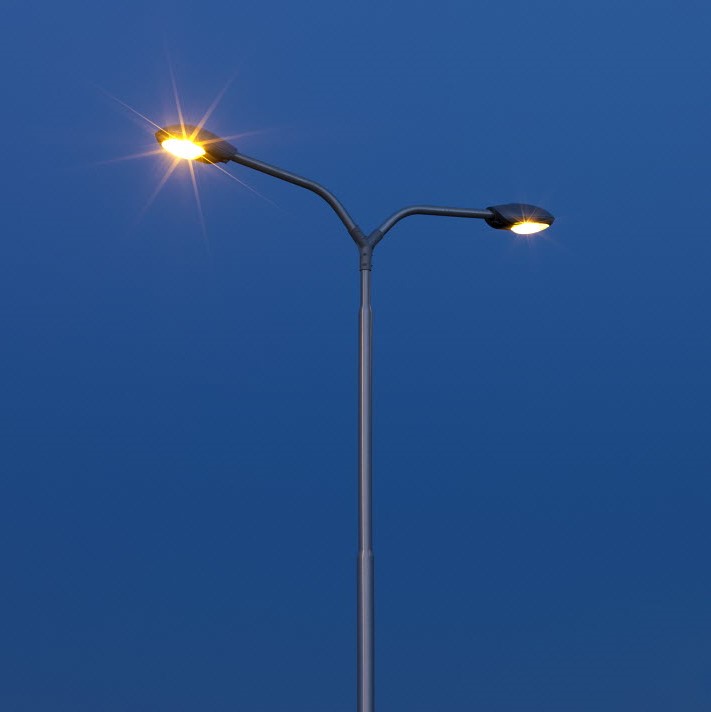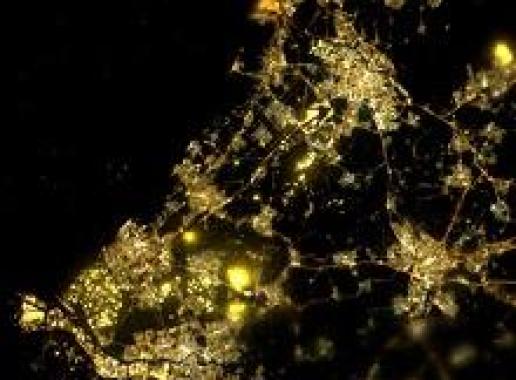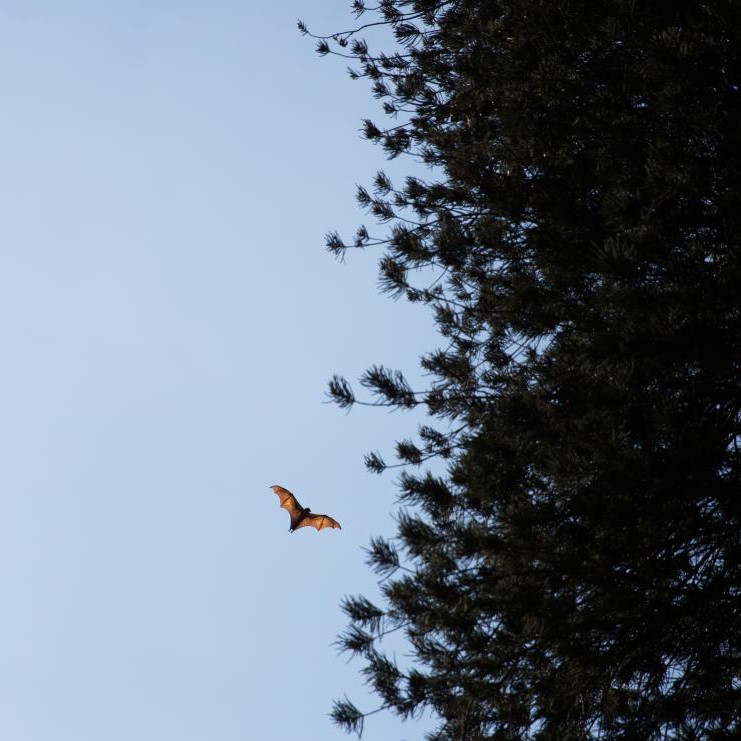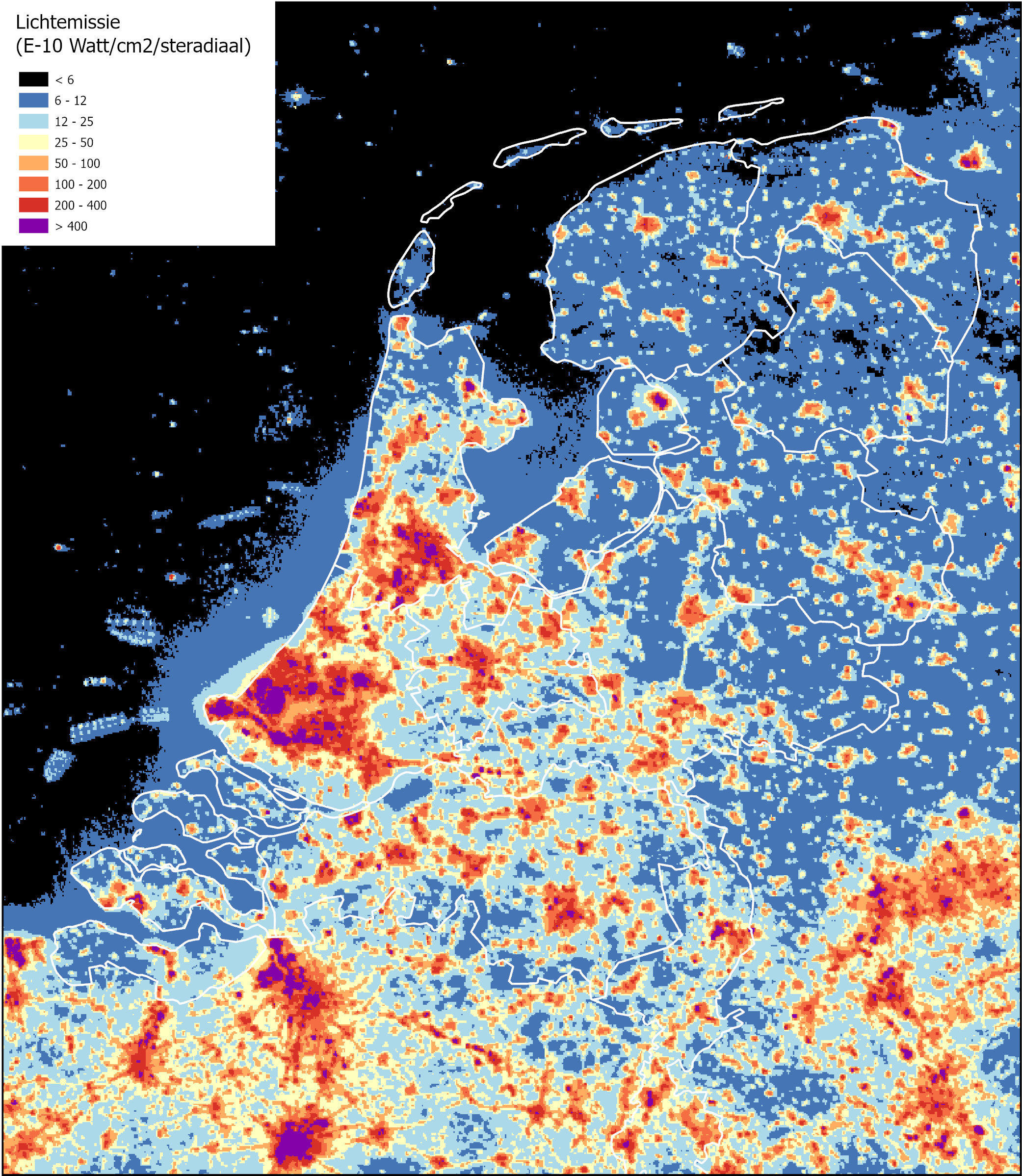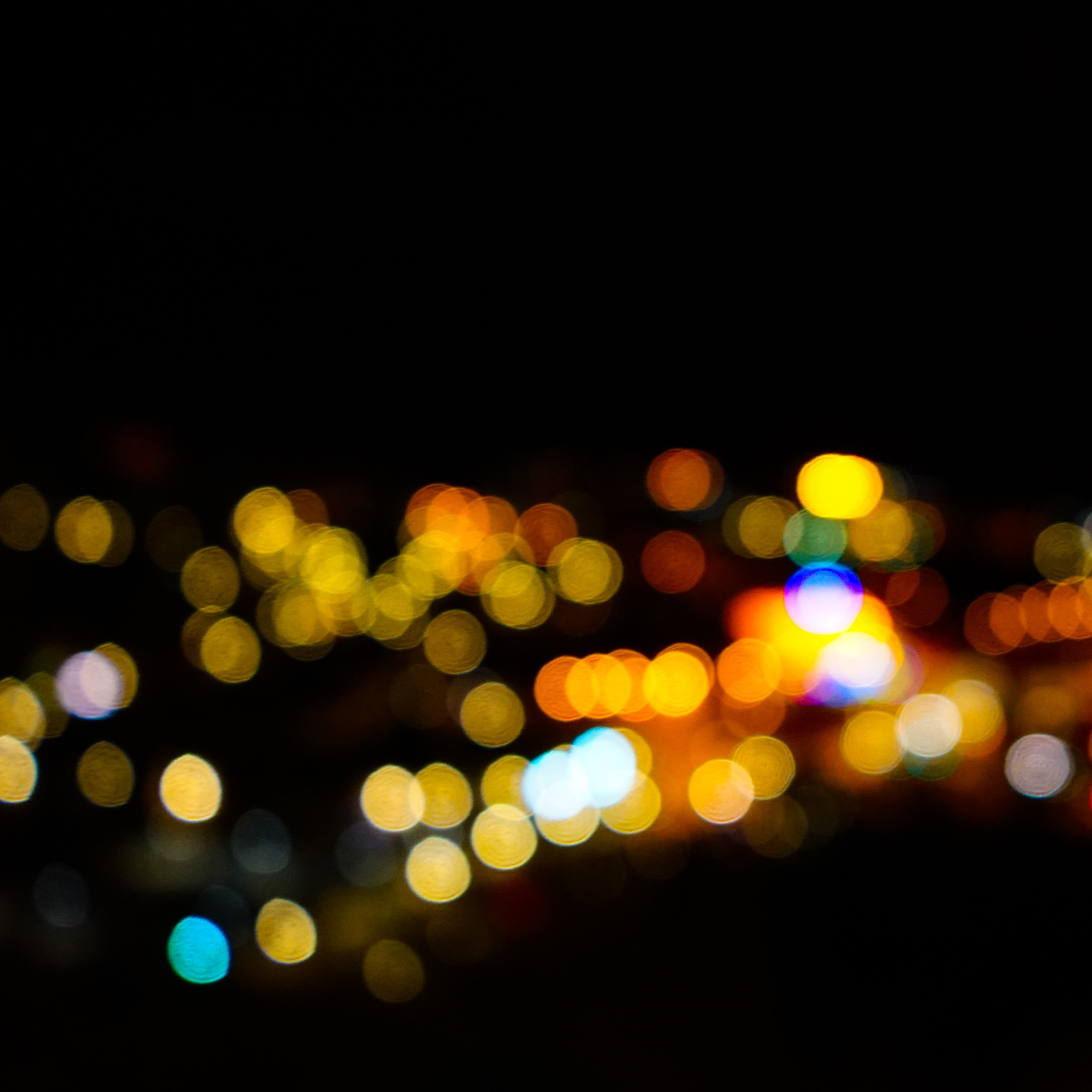afbeelding intro
Waarom doe je het licht aan of uit?
Door licht aan te doen in de avond en nacht kunnen we langer actief zijn (sporten, uitgaan), veiliger aan het verkeer deelnemen en ons veiliger voelen op straat. Daarnaast vragen veel economische activiteiten om nachtelijke verlichting. Denk hierbij aan industrie, transport, kassen en reclame.
Toch heeft nachtelijk licht ook nadelen. Want het meeste licht straalt uit naar de omgeving. Hierdoor zijn veel plekken verlicht die geen verlichting nodig hebben. Planten, dieren en mensen hebben elke dag een periode van donkerte nodig. Veel natuurlijke processen zijn hierop ingesteld. Twee derde van de wereldbevolking leeft in gebieden waar de kunstmatige nachtelijke verlichting sterker is dan het natuurlijke licht van de maan en de sterren. Voor Europa is dit zelfs 99%. Veel mensen hebben dan ook nog nooit de Melkweg gezien.
Nederland is een van de meest verlichte landen ter wereld. Normaal gesproken zijn er ‘s nachts zo'n 2500 sterren met het blote oog zichtbaar, in de steden zie je er maar een paar.
Kaarten over nachtelijk licht
afbeelding
Nachtelijk licht en gezondheid
Mensen, net als de meeste planten en dieren, hebben naast licht ook donkerte nodig. Een deel van zonlicht, kunstmatig licht en beeldschermlicht bestaat uit blauw licht. Dit blauwe licht remt de productie van het hormoon melatonine. Wij mensen hebben weinig melatonine in ons lichaam nodig als we actief zijn, maar juist veel melatonine om tot rust te komen. Een gebrek aan het hormoon melatonine wordt in verband gebracht met depressie, een verstoorde hormonale balans in het lichaam, (celveroudering), stofwisselingsziekten en kanker.
Het is moeilijk om te bewijzen dat licht van buiten een negatieve invloed heeft op de gezondheid, omdat mensen zelf de gordijnen kunnen dichtdoen. Toch is het wel duidelijk dat een slaapplek die goed donker is, zorgt voor betere slaap.
Licht tijdens een donkere periode kan het gedrag en de lichaamsprocessen van dieren verstoren. Dat heeftinvloed op hoe een voedselweb werkt. Veel insecten, bijvoorbeeld, worden aangetrokken door licht. Hierdoor wordt hun oriëntatie verstoord en neemt de kans op uitputting en sterfte toe. Andere dieren, zoals de watervleermuis, worden juist afgestoten door licht. Hierdoor kunnen zij gebieden rond lichtbronnen niet meer gebruiken. Sommige planten krijgen groeiafwijkingen bij nachtelijke verlichting.
Nachtelijk licht en beleid
In Nederland is er geen Rijksbeleid voor nachtelijke verlichting en donkertebescherming. Wel is donkerte een kernkwaliteit van het landschap. Een aantal provincies en gemeenten hebben voor licht hun eigen regels opgesteld. Meestal is energiebesparing de aanleiding. Beleid voor donkertebescherming wordt gemaakt om Natura2000-gebieden te beschermen.
De Omgevingswet is één integrale wet voor de bescherming én het gebruik van de fysieke leefomgeving. Hiermee kunnen provincies en gemeenten beleid en regelgeving maken over nachtelijke verlichting en donkertebescherming. Om hinder van sportverlichting en licht van de glastuinbouw te beperken is er regelgeving. Soms zijn gemeentes nog regels aan het voorbereiden. Het Handboek Licht/Donker van het Interprovinciaal Overleg (IPO) bundelt zoveel mogelijk beschikbare kennis en ervaring over nachtelijke verlichting. Daarnaast geeft het bouwstenen voor beleid en uitvoering. Voor sport is de regel bijvoorbeeld dat verlichting aan mag tot 23.00 uur.
De afbeelding hiernaast laat zien hoeveel licht er werd uitgestoten in 2023.
Lichtuitstoot 2023
Afbeelding
Doe het licht uit!
- Verlicht zelf alleen daar en wanneer nodig. Denk na over de intensiteit en de kleur van het licht dat je gebruikt.
- Gebruik geen tuinverlichting of zet er een tijdschakelaar op, zodat het ’s nachts echt donker is. Voor lampen bij het huis is een bewegingssensor een goed idee.
- Zorg voor goede verduistering. Hang bijvoorbeeld dikke gordijnen voor het raam zodat je beter kunt slapen 's nachts.
- Zelf de hemelhelderheid meten? Dat kan met je smartphone. Hier zijn twee apps voor: de Dark Sky Meter app voor iPhone die de hemelhelderheid meet met de ingebouwde camera en de Loss of the Night-app voor Android waarmee je kunt kijken welke sterren wel en niet te zien zijn. Met jouw metingen help je de hemelhelderheid beter in kaart te brengen! Bekijk de metingen via Dark Sky Meter data en Loss of the Night data.
Kijk ook eens bij
Veilig wonen
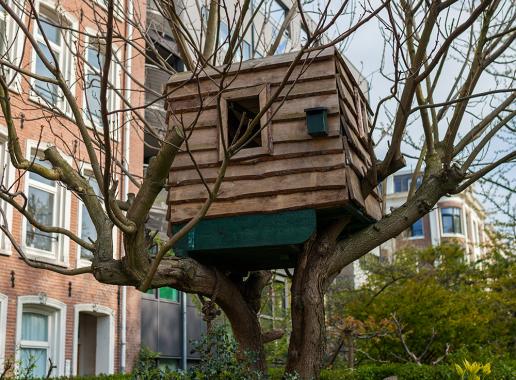
Lees hoe je jouw woning veilig en gezond maakt.
Groen dichtbij
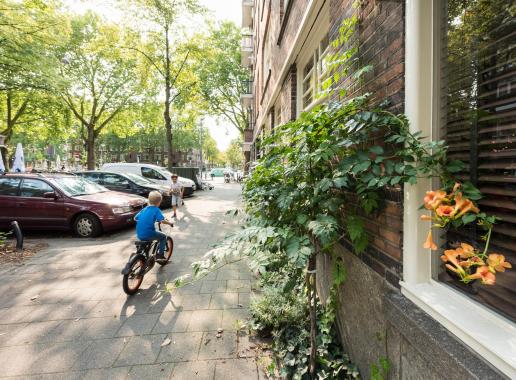
Lees meer over de waarde van groen en waarom groen gezond maakt.

